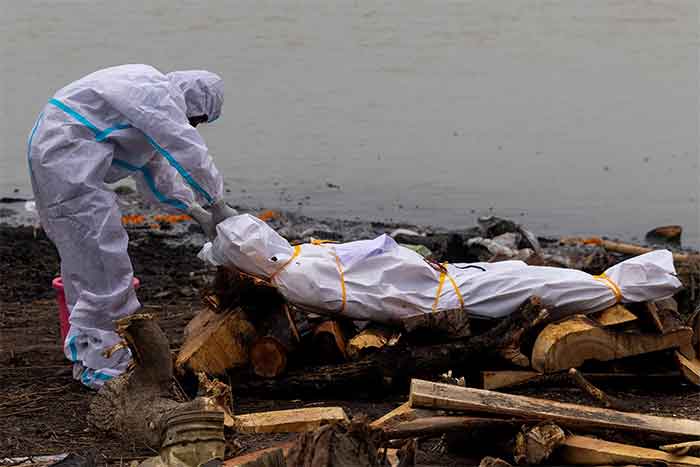
The strategies employed by S. Korea, Taiwan, Hong Kong, Singapore and China are instructive for India
Prime Minister Narendra Modi’s extraordinary decision to impose a nationwide lockdown for three weeks to contain COVID-19 is without precedent. Even at the peak of the outbreak — and lockdowns — in China, 600 million fewer people were confined to their homes. Overall, the decision is a welcome one, but it should have almost certainly been taken much earlier — even if the true fatality rate of SARS-CoV-2 turns out to be orders of magnitude smaller.
An extreme restriction on population movement is not a silver bullet, however. Like border shutdowns, it can buy time to slow down the spread of the virus but not eliminate it altogether. To eliminate the virus, community transmission must be prevented. Key to such transmission prevention is (early) detection and, thereafter, aggressive and systematic quarantining. Given India’s slow start on the diagnostic and detection front, it is all the more urgent that the government ramp up its act on the isolation and quarantining front.
Lessons from the successful prevention and containment strategies employed by South Korea, Taiwan, Hong Kong, Singapore and China are instructive here. Following the outbreak, each of the first four went their own way on border controls. While Singapore barred the entry of all visitors from mainland China, South Korea continued to receive 20,000 visitors from China even at the peak of the outbreak, limiting arrivals only from Hubei province and its capital Wuhan.
Breaking the chain
Yet all four countries did two things that were key to breaking the chain of transmission. First, each instituted a widespread and rigorous regime of early testing and contact tracing. South Korea has conducted 4,31,743 diagnostic tests. Each confirmed patient’s contacts were then exhaustively traced and offered free testing. This has been reflected in unusually low fatality rates. Second, all four deployed information and communication technology to trace contacts, keep track of aggregations of movement, and provide real-time notifications on virus spread. Taiwan set the bar here. After integrating its public health databases with border controls, household registry and the national identification system, it linked private mobile phones to the government’s epidemic control centre, enabling enforcement of quarantine. As a result, the rate of local transmission cases to imported infections is among the lowest in the world.
The case of China may be more relevant to India given the somewhat similar capacity shortfalls, its forthwith sealing off of whole population centres and, most importantly, the fact that community transmission had already exploded before authorities had a firm handle on the spread. Quarantining was key in China. Makeshift hospitals, schools, hotels, etc. were re-purposed as quarantine centres on an industrial scale to house all but the most severe and critical cases (who were hospitalised). Suspected patients and close contacts were kept separately within these makeshift quarantine centres too. As a ‘Chinese wall’ was constructed between the infected and the uninfected, the chain of transmission began to be cut. A comparable patient classification system, with mild and asymptomatic cases confined to ‘residential treatment facilities’ was also employed by South Korea.
Three lessons
As India looks ahead, three lessons are key. First, the government must stay prepared to re-purpose existing facilities and massively scale up its quarantine square footage. Next, without detection and patient classification, there can be no intelligent quarantining; the government must use the interval to get its act together on testing. The tide in Wuhan was only turned after testing was expanded from the low hundreds in end-January to the several thousand by mid-February. Finally, it is time for India to avert its perennial Westward gaze. Many of the most innovative deployment of ideas and systems are being birthed right here to India’s east.
Sourabh Gupta is a senior fellow at the Institute for China-America Studies in Washington, D.C.
The article was originally published on the website of the Hindu April 3, 2020
SIGN UP FOR COUNTERCURRENTS DAILY NEWS LETTER















































